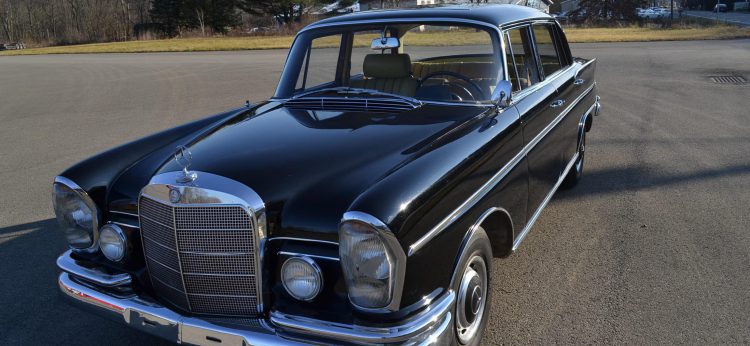Why a 600-HP Mitsubishi Evo Was One of the Slowest Cars at the Pikes Peak Hill Climb
During the buildup to the Pikes Peak International Hill Climb, we followed the efforts of Wright Group Racing and the prep of the team’s Mitsubishi Lancer Evolution IX for the race. After pursuing electrical and cooling problems earlier in the week, the driver experienced something wrong with the car’s engine—evidenced by low RPMs and constant backfiring, even while on throttle. We spoke to the team after the powerless run to see what went down.
Timing sheets showcased that driver Tom Wright finished in 21:15.133. Wright was one of only four of the race’s sixty six finishers to take thirteen minutes or longer to accomplish the course, and at an average speed of just under thirty four miles per hour—not a speed befitting of a 600-plus horsepower Evo on slicks with a carbon assets and utter aero kit.
Update: as of 8:15 GMT, Wright Group Racing sent more information on the car’s problems.
The Drive: When you passed by at Glen Cove, your car sounded like it wasn’t running right. Did you have mechanical or electrical problems during the race?
Wright: "Yeah, electrical, undoubtedly. There was something going on where some of the rewiring wasn’t conducting power, and on the mechanical side, the air-fuel ratios were just way off, so it was popping. It embarked doing it at the bottom, and as I kept on going up, it kept on getting worse. It got to the point where I couldn’t get any RPM up. Turbo was running alright, but obviously, it [the engine] wasn’t getting the right air-fuel combination, so it just embarked backfiring like crazy. It was a fight, unluckily."
Update: Dave Kern and Tom Wright forwarded updated information to The Drive. The engine’s problems had nothing to do with air to fuel ratio, or the Coerced Spectacle turbocharger— they were a snowballing set of problems caused by expired thrust washers. The problem was discovered Saturday, before the race, after a dyno session showcased some problems with the crank position sensor’s signal. After a test demonstrated the crankshaft endplay was at manufacturer recommended boundaries, the crank pulley and lower timing cover were liquidated, which exposed that the crank trigger wheel and crankshaft position sensor were making contact: crank walk was the culprit of the engine’s problems. The thrust washers were substituted, with the hope being that they would sustain the race weekend, but the last minute repair failed. The problem replicated itself, and the out-of-sync CPS sent bad data to the car’s fuel injectors and sensors, ruining the engine’s ignition timing. Next year, the team will use a fresh bottom end, including a fresh block and crank, to rectify the problems faced this year.
You were not too far off the tempo, considering your engine problems, through sectors one through three, but your sector four was way off. Was there any reason for that?
Wright: "Yeah, the tarmac up there undulates a lot, and then the clouds came in a little bit, so there were a few catches sight of where there was fog sitting real powerful. Some catches sight of weren’t too bad, but I hit other catches sight of that were pretty thick, like, ‘oh, shit, where am I? Race to the Clouds? Should be race into the clouds!’"
Clarification: Tom’s run embarked shortly after thick clouds enveloped the top of the mountain, reducing visibility to less than fifty feet in some catches sight of.
Would it be accurate to say you were unsatisfied with this year’s race?
Wright: "Yeah, I’m indeed unsatisfied. I want to just have a good run, because I think inbetween the potential of the car and myself, we could be among the top runners. It’s just a matter of everything synchronizing, and coming together at the right time. I’m pretty upset."
Should we expect you to come back to race again next year?
Wright: "Hundred percent, certainly, looking for a fine run next year. Everything with the mechanical, or electrified issues I’ve had the last duo of years– I’ve been pursuing a lot of little gremlins– truly want to turn that around, get that all behind me."
With a year until the next race, Tom and the rest of his team have slew of time with which to right the wrongs with their car. If they get it all motionless, two thousand eighteen may see a more favorable finish for Tom, with a finish close to, or even at the top of his class not out of reach. Until then, we can only count the days.
